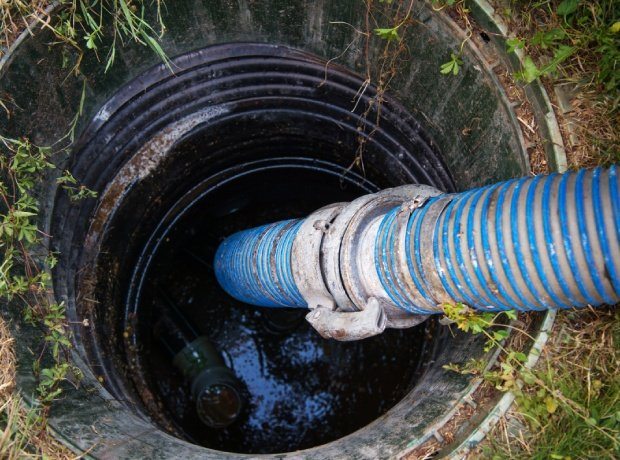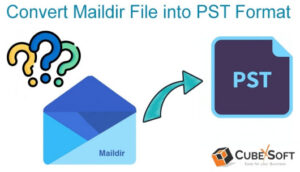
Navigating Emergencies with Grace: Your Comprehensive Guide to Emergency Drainage Solutions
Emergencies are inevitable, and when they strike, the last thing you want is to find yourself knee-deep in a plumbing crisis. It’s a scenario we all fear – a sudden and unexpected drainage issue that turns your peaceful day into a chaotic mess. Whether it’s a clogged sink, a backed-up toilet, or a flooded basement, the panic that ensues is all too familiar.
In this article, we’ll explore the world of emergency drainage solutions and delve into the nitty-gritty details of dealing with plumbing disasters. From clogged drains to overflowing toilets, we’ll equip you with the knowledge and insights you need to tackle these issues head-on.
The Importance of Being Prepared for Emergency Drainage Issues
Emergencies don’t wait for the most convenient time to strike, and often, they come at the most inconvenient moments. It’s crucial to be prepared, both mentally and practically, to handle drainage problems effectively. But first, let’s address the elephant in the room – why should you even care about emergency drainage issues?
Preventing Extensive Damage: Neglecting a minor drainage issue can lead to catastrophic consequences. Water damage, mold growth, and structural damage can all result from a seemingly innocent leak or blockage.
Health and Safety: Stagnant water and sewage backup can pose severe health hazards. Bacteria and contaminants thrive in such environments, endangering you and your family.
Cost-Effective Solutions: Promptly addressing drainage problems can save you money in the long run. Waiting until the issue escalates often results in more extensive and costly repairs.
Common Emergency Drainage Issues
To effectively prepare for emergency drainage issues, it’s essential to understand the common problems that homeowners encounter. Here are some of the most frequent culprits:
Clogged Drains: From the kitchen sink to the shower, clogged drains are a common annoyance. Grease, hair, and debris can accumulate over time, leading to slow drainage or complete blockage.
Overflowing Toilets: A toilet that overflows is not only an inconvenience but also a potential health hazard. It can be caused by a clog, a faulty float mechanism, or a problem with the sewer line.
Sewage Backup: One of the worst nightmares for homeowners is sewage backing up into their homes. This can happen due to blockages or sewer line issues.
Leaking Pipes: Leaky pipes can cause extensive water damage and mold growth. They often go unnoticed until the damage is significant.
Tackling Emergency Drainage Problems: A Step-by-Step Guide
Now that we’ve identified the common culprits, let’s explore how to address emergency drainage issues effectively. We’ll provide you with a comprehensive step-by-step guide to handle each problem:
Clogged Drains:
Assess the Severity: Determine if the clog is a simple one that can be tackled with a plunger or if it requires professional intervention.
DIY Solutions: If it’s a minor clog, try using a plunger, a drain snake, or a homemade drain cleaner.
When to Call a Professional: If your DIY attempts are unsuccessful or the clog is recurring, it’s time to seek help from a professional emergency drainage service.
Overflowing Toilets:
Stop the Flow: The first step is to stop the water from flowing into the toilet bowl by shutting off the water supply. This will prevent further overflow.
Plunge: Use a plunger to try and dislodge the clog. If the issue persists, consider calling a professional.
Preventive Measures: To avoid future overflows, educate your household on what can and cannot be flushed.
Sewage Backup:
Evacuate and Isolate: In cases of sewage backup, prioritize the safety of your family. Evacuate the affected area and isolate it to prevent the spread of contamination.
Call the Professionals: Sewage issues require immediate professional attention. Do not attempt to handle this situation on your own.
Leaking Pipes:
Shut Off Water: Locate the main water shutoff valve and turn it off to prevent further damage.
Assess the Leak: Determine the source and severity of the leak. Temporary fixes, like using pipe clamps, can help reduce the damage until a plumber arrives.
Professional Repair: Leaking pipes typically require the expertise of a professional plumber for a long-term solution.
Prevention and Maintenance: A Proactive Approach
The best way to deal with emergency drainage problems is to prevent them from occurring in the first place. Here’s how you can take a proactive approach to keep your plumbing in top shape:
Regular Inspections: Schedule regular plumbing inspections to identify potential issues before they escalate.
Watch What You Flush: Educate your household on what can and cannot be flushed down the toilet or drains.
Proper Maintenance: Ensure your plumbing system is well-maintained, including cleaning drains and inspecting pipes.
Emergency Drainage Services: Have the contact information of a reliable emergency drainage service on hand, so you’re prepared when issues arise.
Addressing Common Misconceptions
Before we conclude, it’s essential to address some common misconceptions about emergency drainage issues:
DIY is Always the Solution: While DIY can work for minor problems, it’s not a catch-all solution. Knowing when to call a professional is crucial.
Preventive Maintenance is Costly: Some homeowners shy away from preventive maintenance, assuming it’s costly. In reality, it’s an investment that can save you from expensive repairs down the line.
Conclusion
In the unpredictable world of plumbing emergencies, preparation and knowledge are your best allies. By understanding common issues, taking proactive steps, and knowing when to seek professional help, you can safeguard your home and loved ones from the chaos of emergency drainage problems.
Remember, the key to handling these crises with grace is being informed and prepared. Don’t wait



